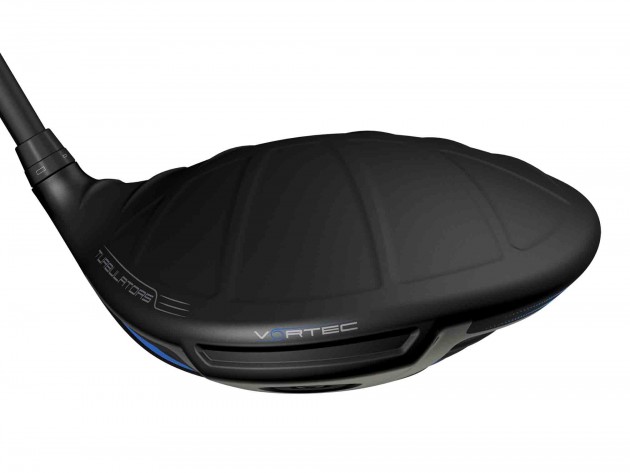Designer Q&A: Ping G driver
We find out more about the story behind the technology found on the new Ping G driver from Ping Senior Design Engineer Marty Jertson


We find out more about the story behind the technology found on the new Ping G driver from Ping Senior Design Engineer Marty Jertson
Not only is Ping’s Senior Design Engineer Marty Jertson an outstanding golfer (he’s already played a few PGA Tour events as well as the 2011 US PGA Championship) but he’s also a golf club science boffin. Anything he doesn’t know about driver design and performance isn’t worth knowing, so who better to speak to than him to find out more about the thinking and technology behind the new Ping G driver.
Ping are known for staying true to down and back centre of gravity positioning within their clubheads, offering the best combination of distance and forgiveness. This feature is further enhanced in the new Ping G driver.
Check out the rest of the Ping G range
“Having the CG down and back is without doubt the best place for it,” Jertson told GM. “It allows golfers to play less loft, which means the contact with the ball is less glancing and more direct leading to more ball speed. It’s then about creating appropriate spin, which you can do through the three different models we offer in the new G driver range.”

Another interesting feature on the new Ping G driver is the Vortec on the back of the clubhead. Much like a spoiler on a car, this works with the turbulators to reduce aerodynamic drag.
“On the downswing there are two forces acting on the club. The Vortec design was adopted from the back of pick up trucks and helps give the air flow over the crown more momentum, meaning there is less vacuum force slowing the club down and ultimately increasing the speed of the clubhead.”
Get the Golf Monthly Newsletter
Subscribe to the Golf Monthly newsletter to stay up to date with all the latest tour news, equipment news, reviews, head-to-heads and buyer’s guides from our team of experienced experts.

Ping’s new G driver features lighter sections on the back of the crown called Dragonfly technology, which allows Ping to move weight lower and more toward the perimeter of the clubhead.
“It produces amazing weight savings while also achieving great acoustics. The rib structure on the inside and outside creates the strength and stability we need. We didn’t take no for an answer when it comes to titanium and we’ve pushed the boundaries of what was possible and included sections that are just 0.43mm thick, much thinner than the 0.5mm that was believed to the be the thinnest possible in golf club driver design. We’re really proud of what we’ve achieved and we think golfers will love it.”

Joel has worked in the golf industry for over 15 years covering both instruction and more recently equipment. He now oversees all equipment and video content at Golf Monthly, managing a team of talented and passionate writers and presenters in delivering the most thorough and accurate reviews, buying advice, comparisons and deals to help the reader or viewer find exactly what they are looking for.
One of his career highlights came when covering the 2012 Masters he got to play the sacred Augusta National course on the Monday after the tournament concluded, shooting a respectable 86 with just one par and four birdies. To date, his best ever round of golf is a 5-under 67 back in 2011. He currently plays his golf at Burghley Park Golf Club in Stamford, Lincs, with a handicap index of 3.1.
Joel's current What's In The Bag?
Driver: Titleist GT3, 9°, Fujikura Ventus Black 6 S shaft.
Fairway wood: Titleist TSR3, 15°
Hybrid: Titleist TSi2, 18°
Irons: Titleist T150, 4-PW
Wedges: Titleist Vokey SM10, 50°, 54° and 58°
Putter: LAB Golf DF3
Ball: 2025 Titleist Pro V1x
-
 Rory McIlroy's Sports Psychologist Explains Why He 'Didn't Talk' To Bryson DeChambeau In Masters Final Round
Rory McIlroy's Sports Psychologist Explains Why He 'Didn't Talk' To Bryson DeChambeau In Masters Final RoundDeChambeau raised eyebrows at Augusta National when claiming that McIlroy wouldn't engage in conversation during the final round of The Masters
By Jonny Leighfield
-
 RBC Heritage 2025 Picks, Odds And Predictions
RBC Heritage 2025 Picks, Odds And PredictionsAfter a thrilling week at The Masters, the PGA Tour returns to Harbour Town Golf Links and the fifth Signature Event of 2025
By Matt Cradock